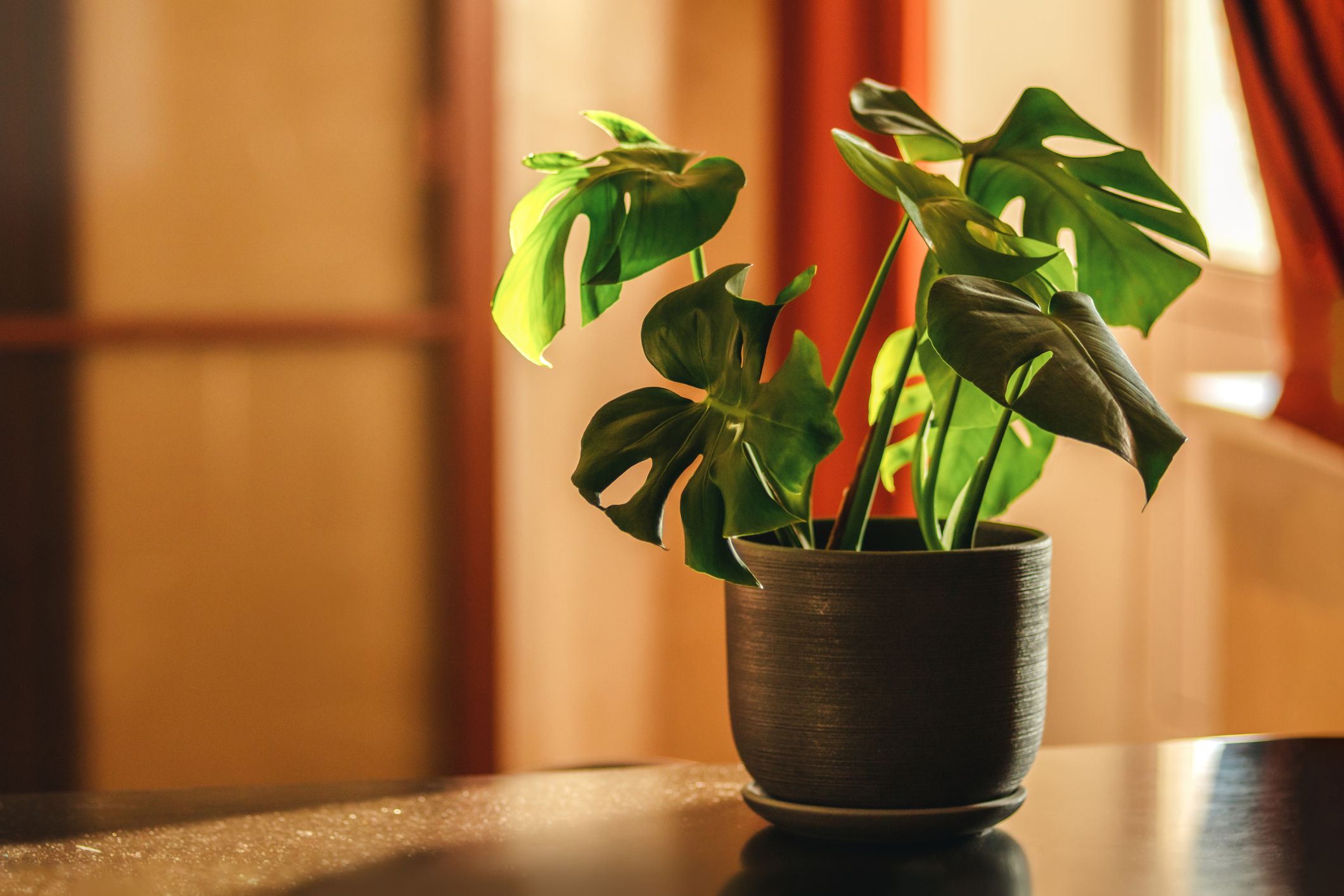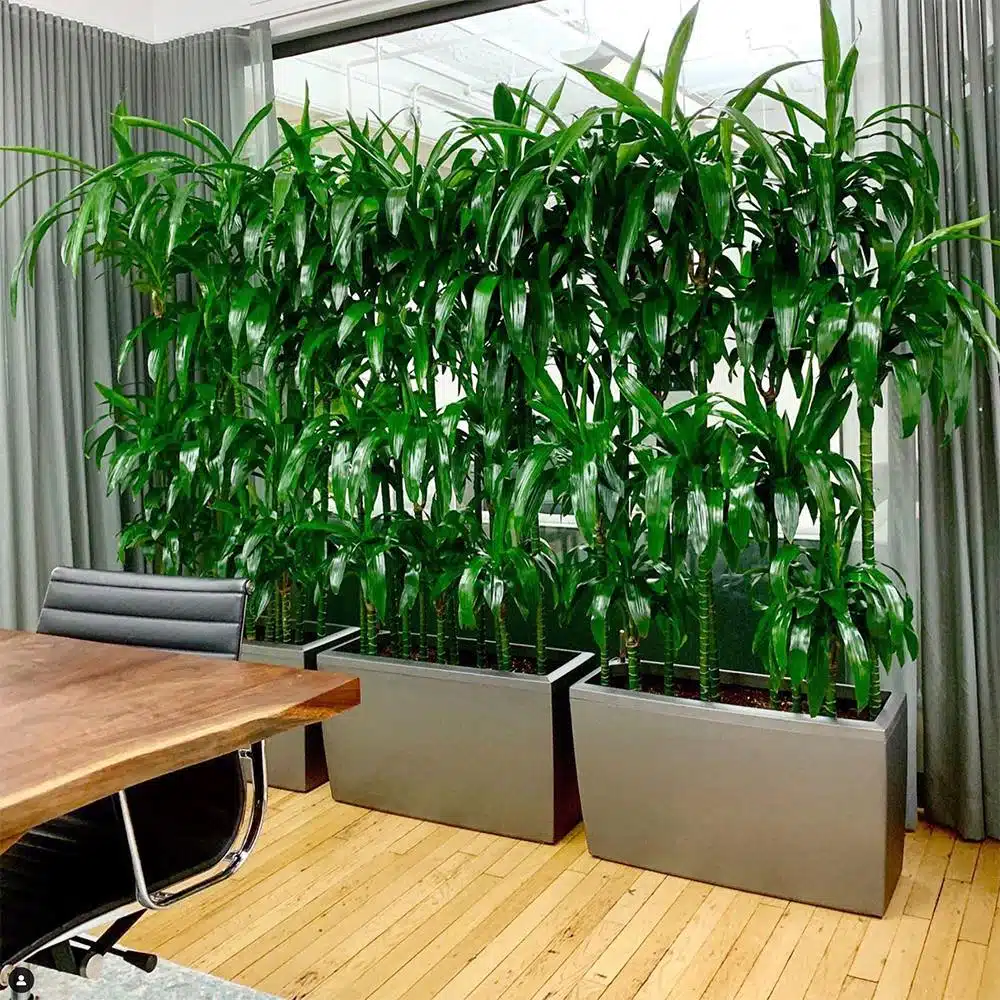Create a Lush Indoor Oasis with the Best Low-Light Indoor Plants
Transform Your Home With Beautiful Low-Light Indoor Plants and Their Benefits
Incorporating low-light interior plants into your home can significantly improve both the visual and environmental high quality of your home. These plants, which thrive in dim conditions, serve not just as attractive components yet additionally as all-natural air purifiers, making them suitable for city occupants or those with restricted sunshine direct exposure. As we discover the different kinds of low-light plants and their advantages, you might locate shocking methods to integrate them right into your home that can change your environments in methods you may not have expected.
Benefits of Low-Light Plants
Low-light plants offer numerous benefits for interior atmospheres, making them an exceptional selection for both newbie and experienced garden enthusiasts. One of the primary benefits is their flexibility to low-light problems, permitting people to boost their space without the requirement for extensive sunshine exposure. This particular makes them perfect for homes, workplaces, and other locations with limited all-natural light.

Furthermore, including low-light plants into home decoration can raise the visual appeal of a room. Their lush vegetation and differed structures produce a relaxing environment, adding to total well-being. The presence of plant has been linked to reduced stress degrees and boosted efficiency, making low-light plants a functional choice for improving both psychological and physical health in interior setups.
Leading Low-Light Indoor Plants
While lots of indoor plants grow in brilliant light, a number of species are specifically fit for low-light conditions, making them suitable for different indoor rooms. One popular selection is the Serpent Plant (Sansevieria), recognized for its striking upright leaves and strength, needing minimal care. One more superb option is the Pothos (Epipremnum aureum), which features heart-shaped fallen leaves and can route beautifully from hangers or shelves, thriving in low light and including a lush touch.
The ZZ Plant (Zamioculcas zamiifolia) is celebrated for its shiny leaves and capability to withstand disregard, making it excellent for busy way of lives. In a similar way, the Peace Lily (Spathiphyllum) not only tolerates reduced light however also creates sensational white flowers, boosting any area's visual.
For a special touch, take into consideration the Cast Iron Plant (Aspidistra elatior), which undoubtedly meets its name, growing in the darkest corners of your home. The Chinese Evergreen (Aglaonema) uses a variety of leaf patterns and colors while being extremely forgiving in low-light conditions. These plants not just enhance indoor environments yet likewise add to air filtration, improving your living space.
Treatment Tips for Low-Light Plants

Watering techniques are vital; these plants commonly choose a little dry problems. Overwatering can lead to root rot, so make sure that the leading inch of soil is completely dry before watering once more. Use pots with drain holes to enable excess dampness to leave.
Moisture is one more vital element. Several low-light plants, such as ferns and tranquility lilies, benefit from greater humidity degrees. To enhance humidity, take into consideration misting the leaves or placing a tray of water near the plants.
Fertilizing ought to be come close to with care. Throughout the expanding period, use a watered down, balanced liquid plant food each month to sustain growth, but stay clear of fertilizing throughout the inactive cold weather.

Creative Ways to Present Plants
Indoor plants can function as exciting focal factors in any space, improving both aesthetic charm Click This Link and setting. Imaginative displays can raise the aesthetic influence of low-light plants, making them an indispensable component of your home decor. One efficient technique is to utilize tiered plant stands, which enable you to showcase several plants at differing elevations while making the most of floor space.
Hanging planters are another cutting-edge alternative, developing a feeling of depth and attracting the eye up. Take into consideration macramé wall mounts or wall-mounted racks to present a distinct appearance and design.
For a more structured approach, use geometric terrariums or glass containers to house your plants, including a contemporary touch to your indoor yard. You can also repurpose classic things, such as teacups or wooden dog crates, for a diverse screen that mirrors your individuality.
Enhancing Home Ambiance With Plants
Integrating low-light plants right into your home not only enhances aesthetic appeal however also adds substantially to the general ambiance. These plants work as all-natural design components, presenting a sense of peace that can transform any space. The presence of greenery cultivates a relaxing environment, which is especially valuable in high-stress settings such as home offices or living spaces.
Low-light plants, such as serpent plants, pothos, and ZZ plants, are not only cosmetically pleasing however likewise improve interior air top quality by filtering system toxins. This twin function improves the atmosphere additionally, creating a healthier home (Best low-light indoor plants). The tactical positioning of these plants can likewise influence the assumption of room; as an example, tall plants can have a peek at these guys draw the eye upwards, making ceilings appear greater and areas extra roomy
Moreover, varying textures and shades of foliage include deepness to interior decoration, enabling innovative expression in home designing. Whether positioned on racks, in corners, or as centerpieces, low-light plants can raise the mood of any type of room. In recap, incorporating these plants right into your home is an effective method to cultivate a warm, welcoming environment while profiting of enhanced air quality and visual flexibility.
Conclusion
Incorporating low-light indoor plants into home atmospheres uses countless benefits, including boosted visual allure and enhanced air quality. These resilient plants, such as the Serpent Plant and Tranquility Lily, require minimal light and maintenance, making them suitable for diverse lifestyles.
While numerous indoor plants prosper in bright light, several species are specifically well-suited for low-light problems, making them optimal for various interior spaces. One efficient method is to utilize tiered plant stands, which allow you to showcase numerous plants at varying elevations while making best use of floor room.
Low-light plants, you can try this out such as snake plants, pothos, and ZZ plants, are not just aesthetically pleasing however also enhance interior air high quality by filtering contaminants. Best low-light indoor plants. The strategic placement of these plants can likewise affect the perception of room; for circumstances, tall plants can attract the eye upward, making ceilings appear greater and areas a lot more sizable
These resilient plants, such as the Serpent Plant and Peace Lily, need minimal light and maintenance, making them ideal for diverse way of lives.